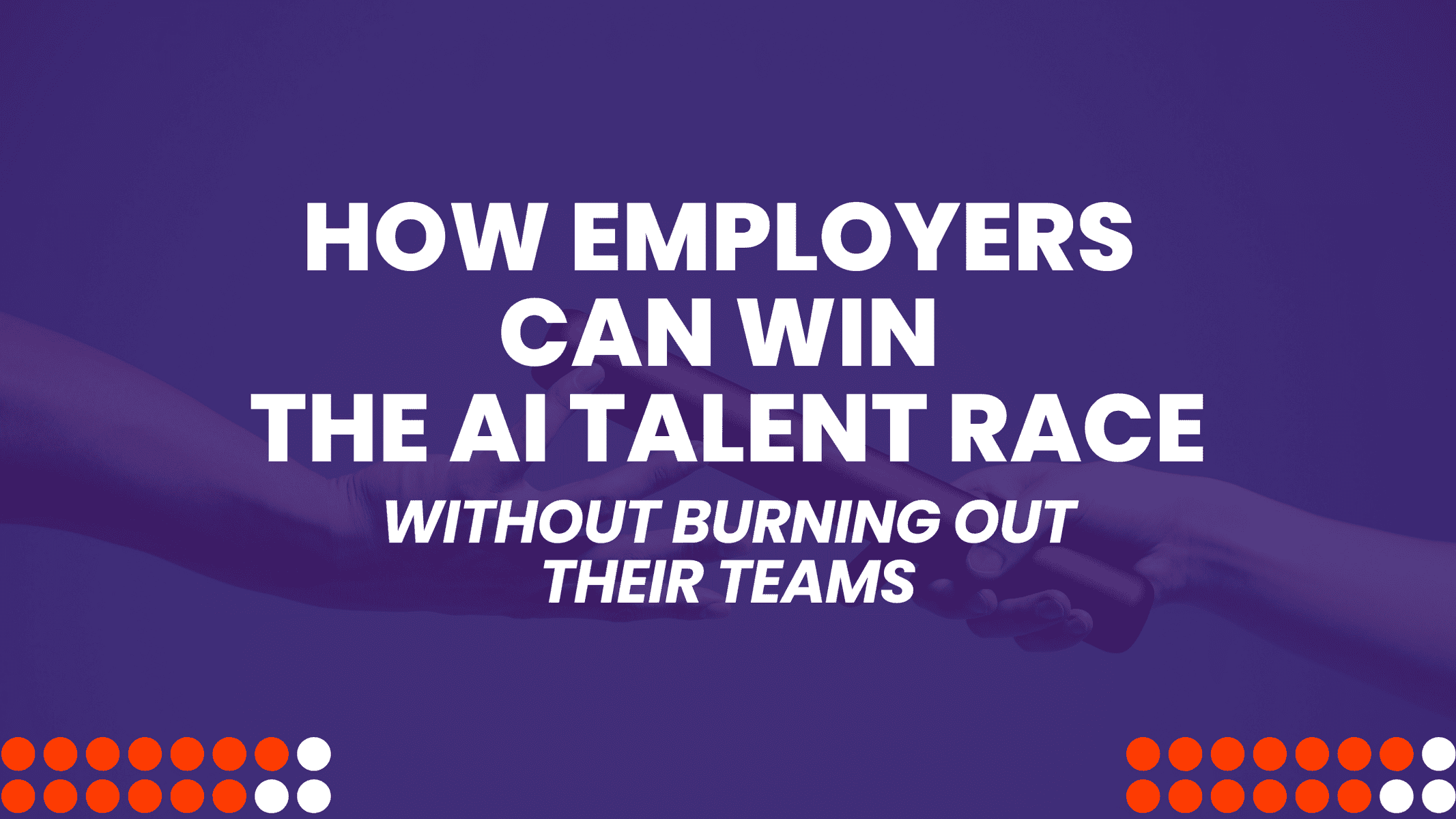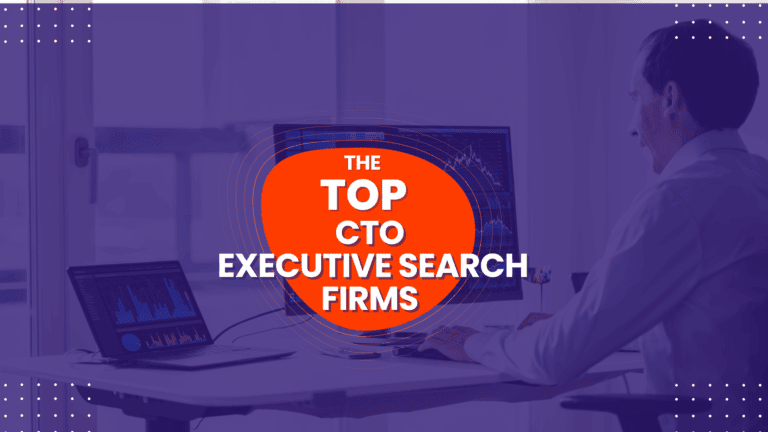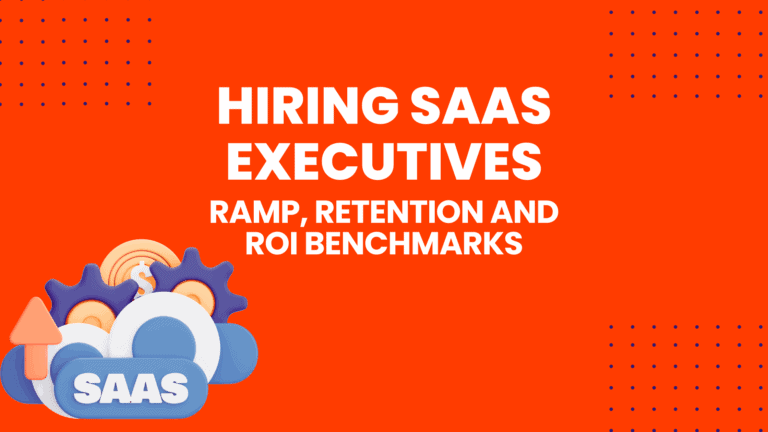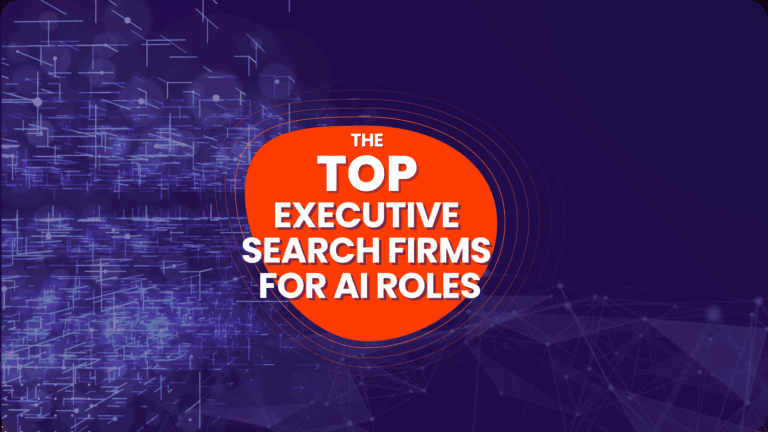The Wall Street Journal recently reported on a new phenomenon sweeping through the AI sector. In their article “AI Workers Are Putting In 100-Hour Workweeks to Win the New Tech Arms Race,” Bradley Olson and Meghan Bobrowsky describe how researchers and executives at companies like Anthropic, Google DeepMind, Meta, Microsoft, and OpenAI are logging 80 to 100 hour weeks. Some even joke about “0-0-2” schedules, working nearly around the clock with only two hours off on weekends.
One researcher compared the environment to “speedrunning 20 years of scientific progress in two years.” Another noted that while they have achieved financial success, they have had no time to enjoy it, no holidays, no hobbies, and little connection to family or friends.
The picture is clear: AI’s top talent pool is both the most valuable and the most stretched-thin workforce in the market today.
The Employer Opportunity
For companies outside of Silicon Valley’s mega-labs, this creates both a challenge and an opportunity. Competing on raw compensation against multi-million-dollar packages from tech giants is unrealistic for most employers. But Olson and Bobrowsky’s reporting highlights an undercurrent that organizations can leverage: AI talent is exhausted.
Despite their passion, many of these professionals are sacrificing personal wellbeing, balance, and long-term sustainability. That opens the door for forward-thinking employers to position themselves as the alternative, companies where innovation thrives without the unsustainable lifestyle tax.
How Employers Can Compete for AI Talent
-
Offer Sustainable Innovation, Not Just Paychecks
While compensation will always matter, today’s AI professionals are motivated by meaningful work. Highlight your company’s mission and the impact AI talent can have, whether that means transforming customer experience, modernizing supply chains, or unlocking new healthcare solutions. Pair this with clear boundaries on workload, and you immediately differentiate from the burnout culture described in the WSJ. -
Create a Human-Centered AI Environment
The article makes clear that many researchers are “always working” and missing holidays and time with loved ones. Employers who actively promote balance through flexible schedules, mental health support, and wellness initiatives send a strong message that innovation can be pursued without sacrificing personal life. -
Leverage Cross-Functional Collaboration
A recurring theme in AI’s rapid evolution is that breakthroughs no longer take years. They happen “between Thursday and Friday.” Embedding AI professionals within cross-functional teams ensures their ideas move quickly from concept to implementation, creating the same sense of pace and excitement without requiring 100-hour weeks. -
Showcase Purpose-Driven AI Work
Researchers at Anthropic describe their motivation as building “ethical, human-aligned AI.” Today’s top AI talent wants to solve big problems. Employers who can connect AI roles to broader social good, such as sustainability, accessibility, equity, or healthcare, will stand out in a crowded market. -
Position AI Tools as Workload Multipliers
Microsoft’s Aparna Chennapragada put it best: “That 24/7 is not you. It should be your AI.” Employers who invest in AI tooling that helps their teams work smarter, not harder, will both attract talent and accelerate output.
The Takeaway
The Wall Street Journal highlights the sheer intensity at the top of the AI talent market. But this intensity has a flipside: a workforce increasingly at risk of burnout and disengagement.
Employers who can offer a different path, mission-driven work, cross-functional velocity, and sustainable innovation will win AI talent not just by competing on salary, but by competing on quality of life and impact.
Talentfoot’s AI Executive Search Practice helps companies craft unique ways to position their employer brand to attract both emerging and established AI talent. If your organization is ready to compete in this new era of AI leadership, we can help you stand out and secure the talent that drives transformation.




